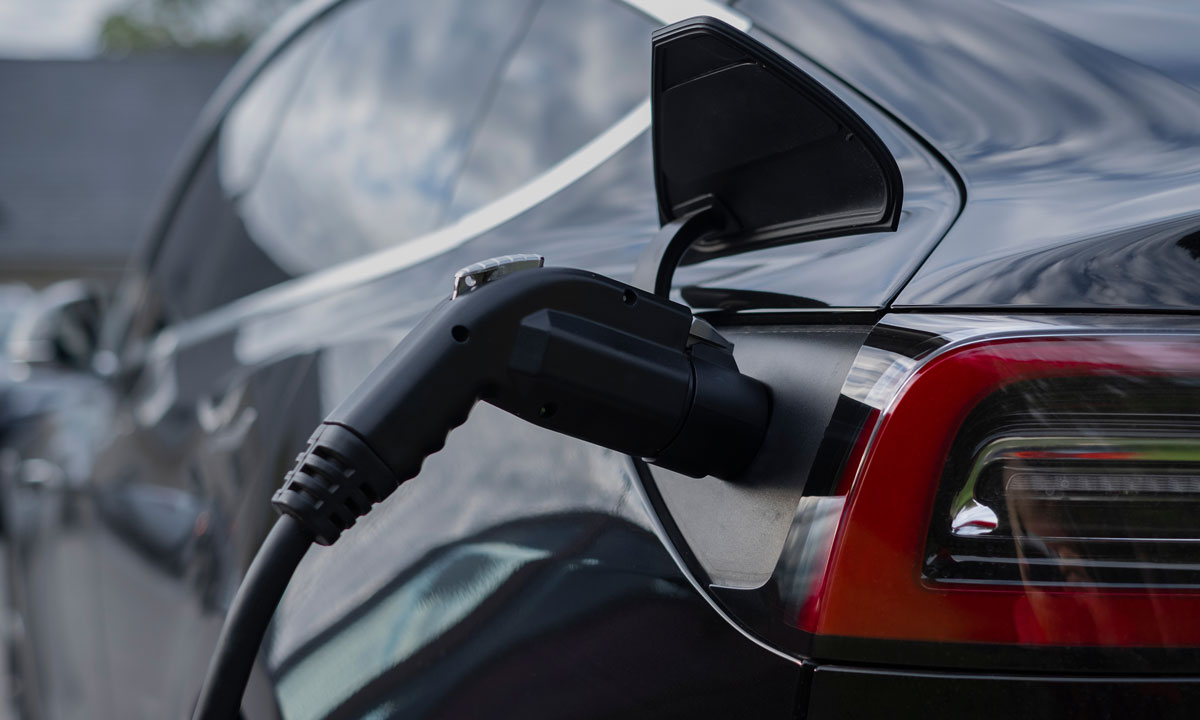
Canada’s Electric Availability Standards, which the federal government formally announced this week as part of its plan to eliminate gas-powered vehicles and replace them by 2035 with zero-emission vehicles, has drawn mixed reviews from some dealers and dealership groups that consider the plan more politically-driven than consumer-driven.
Canadian auto dealer reached out to a cross-section of dealers from various parts of the country where EVs are starting to increase in popularity, though nowhere near at the pace that will be needed to hit the 2035 targets.
Vaughn Wyant, President and CEO of the Wyant Group, which owns dealerships in British Columbia, Alberta and Saskatchewan, said there are so many unanswered questions that have consumers feeling uncertain.
“I think the general belief is that, while this is a really noble thing to try to attempt, the timeline they set out to do it is practically impossible as told by quite a few of the Premiers across the country,” said Wyant. “If you get into the rural areas, there’s hundreds and hundreds of kilometres of roads to travel in extremely cool temperatures with no infrastructure system at all and, frankly, no infrastructure planned. What they want to do is practically impossible to do. In the timeframe they want to do it, it’s not going to happen.”
Michael Carmichael, President/CEO of Up Auto in Ontario, says the Federal plan is “draconian” and will be devasting to the automotive industry.
“They are forcing a wholesale change that no one’s asking for and few people want,” says Carmichael. “There’s very little consumer demand. While the products are continually getting better, they are still very specific to certain applications like luxury city driving and very small commuter cars. Many are not affordable to the average Canadian who has a specific utility requirement. There is a disconnect between what OEMs are making and what the average Canadian needs and can afford. Further, that need is quite broad when you look at geographic and climactic disparity in our country.”
He says the whole thing is a longshot.
“It’s a bit of a Hail Mary,” adds Carmichael. “It’s a hope and a dream of where we’d like to get to. There’s just so many unknowns. I will be there to sell and service whatever we’ve got, but when I say devastating I mean what is this going to do to manufacturing in this country? Manufacturers will be left to limit the number of cars they will be shipping to the country down the road to hit these quotas on route to the 100% at the deadline. Scarcity will impact pricing on both the new and used markets.”
Right now, only Quebec and B.C. are making strong gains in EV sales, largely because of mandates that manufacturers must meet in those provinces for tax credits, along with higher rebates for consumers than anywhere else in the country. The Ontario government has chosen to put tax dollars into building battery plants instead of rebates for customers.
Norman John Hébert, President and CEO of Groupe Park Avenue, which has 17 dealerships in Québec, thinks the whole plan is an incomplete analysis of the situation.
“I think it’s important that people realize the bill represents only one aspect of the solution,” said Hébert. “The success of this or any type of initiative around EVs depends on the adoption of Canadian consumers and optimal market conditions…I observe daily a decrease in customer interest in electric vehicles. My company has more than 200 electric vehicles on the ground for immediate delivery across all of our brands, including intermediate and luxury.”
He says demand has largely faltered in the EV market.
“There’s many different hypotheses out there,” he added. “I tend to be in the camp that 10-12 per cent of the market has adopted, and the shift to mass market requires more than just availability of vehicles and incentives.”
The pricing of EVs, he noted, is also a challenge.
“They still remain expensive products to purchase…and I think it’s unfair to put the onus on the manufacturers to just build them, because it’s going to lead to what we see now,” said Hébert.












